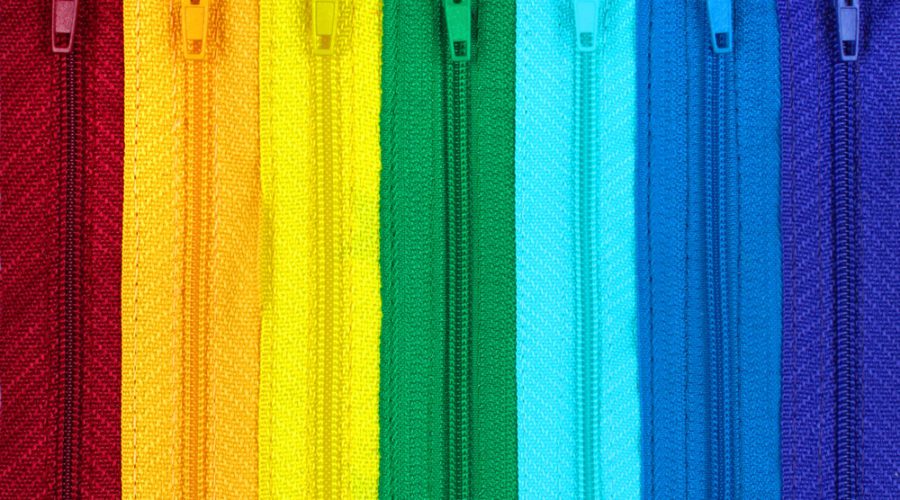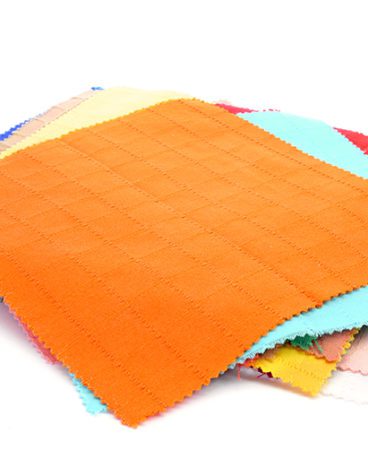From apparel and textiles to paint and plastics, digital color communication has streamlined production across supply chains that span multiple continents, saving time, money and the proverbial headaches associated with subjective color evaluation. One potential roadblock? Typical spectrophotometers—despite all of the incredible advancements they’ve introduced to the world of color—are limited to measuring solid colors only, leaving up to 50% of materials unmeasurable. And those complex materials can bring additional challenges beyond human error.
Enter Datacolor SpectraVision, a hyperspectral spectrophotometer that’s a color evaluation powerhouse and delivers precise measurements for everything from lace and yarn to buttons and zippers. Beyond apparel, SpectraVision can measure a staggering array of diverse materials, including flooring, roof shingles, automotive parts, bedding, printed beverage cans, thermoformed plastic for airplanes and mass transit, wallpaper, cosmetics, dental ceramics, crystals and more. Thanks to a vertical configuration, SpectraVision can measure even the smallest plastic pellets in less than five minutes. Users can find correlations between plastic pellets and plaques, reducing the number of plaques that are needed and saving a significant amount of time.
What Else Can SpectraVision Do?
SpectraVision’s sophisticated capabilities have opened up a world of applications, streamlining digital color management across a variety of industries:
On-screen color evaluations. The power of Spectravision lies in its versatility. As remote workers around the globe continue to keep supply chains running from home offices, SpectraVision—as well as Datacolor’s fleet of Spectrophotometers—affords tremendous flexibility. Mills anywhere in the world can measure colors with SpectraVision and color managers or colorists can evaluate those QTX2 files from home.
Even in a post-pandemic world, the ability to streamline operations across continents will remain vital. SpectraVision allows a sample to be measured in one region, while someone else—somewhere else—reviews the data. Thanks to calibrated on-screen evaluations and the ability to incorporate high-resolution sample images into an enterprise resource planning system, SpectraVision moves production forward with fewer glitches.
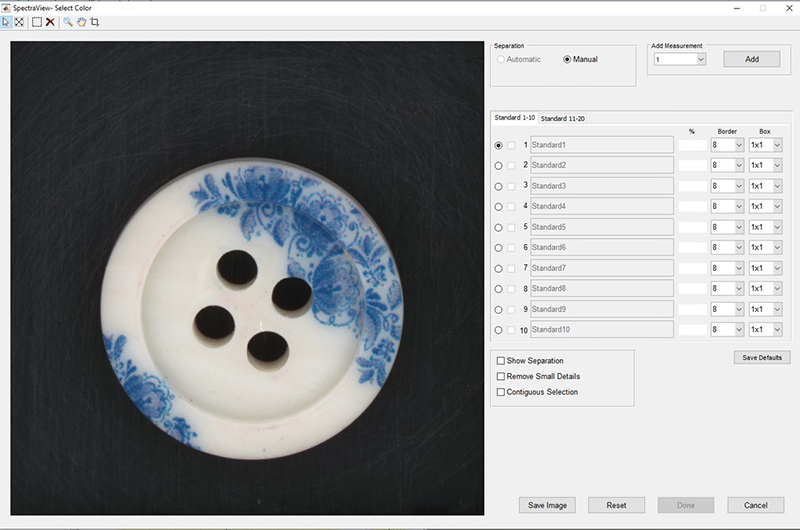
Image of button captured by SV shown in Tools SV
Measuring even smaller samples
A new vertical configuration allows SpectraVision to measure even smaller samples. Think buttons, yarn dyes, small gems or even hair samples. From granulates to pellets to crystals, SpectraVision is designed to measure the smallest of objects. The intuitive sample holder is easier than ever to operate, and the measurement data can be shared digitally. This is especially useful in the textile industry, which requires manufacturers to ensure color consistency across multiple components of one garment, like the zippers, buttons trims and snaps of a jacket or the lace, mesh, sole and body of an athletic shoe.
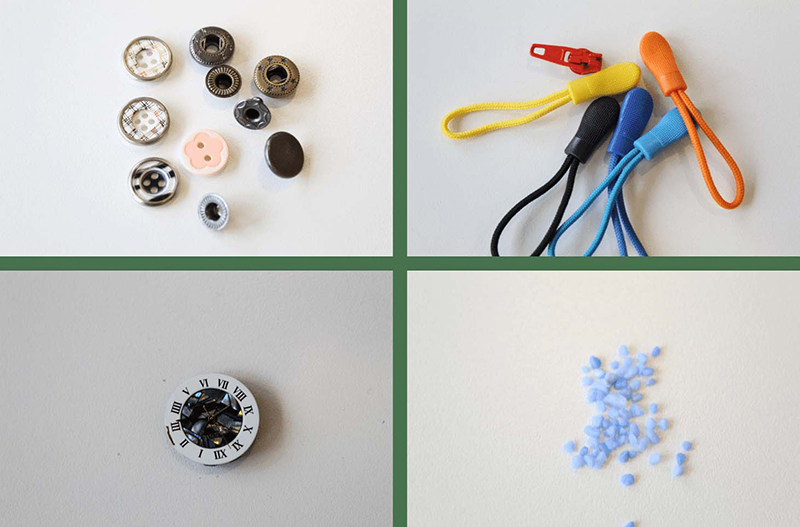
Small samples that can be measured by SV
Understanding percentage coverage
When it comes to multi-color or mixture material, SpectraVision can calculate the percentage of a certain color within the total sample space. Take stone and pigmented countertops, which are typically a composite of ground and fleck material. Until now, visual evaluation was the only way to control the color consistency of these materials, because they could not be measured by a traditional spectrophotometer. With SpectraVision, countertop manufacturers can separate each color in the stone and assign its percentage coverage relative to the overall sample.
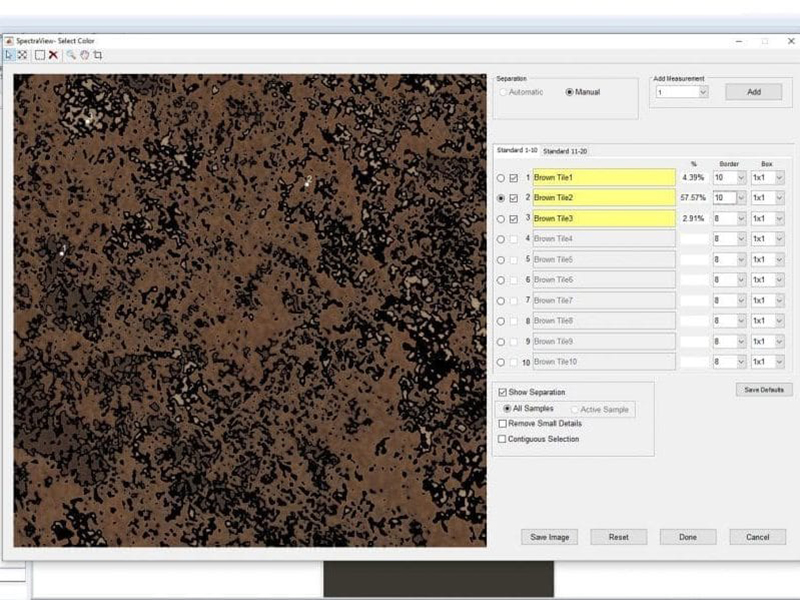
Brown tile image separated with Tools SV
Calculating percentage coverage also helps manufacturers meet specific technical specifications and control the cost of their materials. The raw materials used to create roof shingles or sandstones—sand, colored stones and other materials—vary in cost. Knowing how much of each material is present in a sample can help companies control costs while ensuring consistency in the final product.
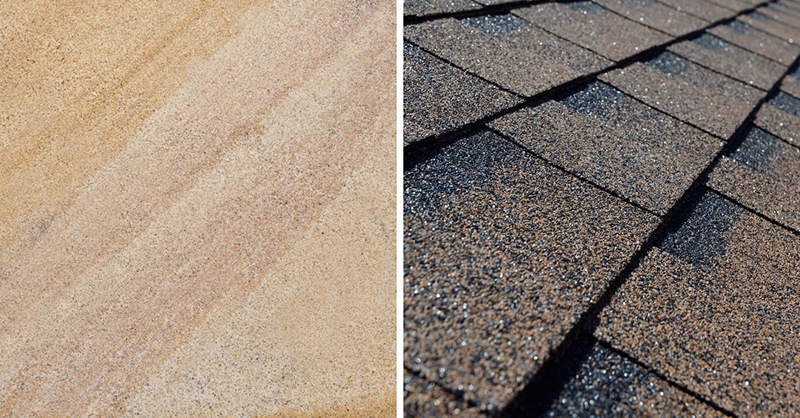
Excluding shadows from textured material
When a traditional spectrophotometer measures stucco, leather and textured wallpaper, it takes an average of the sample measurement space, including the shaded areas. SpectraVision excludes the shadow’s peaks and valleys to achieve greater color matching accuracy across batches.
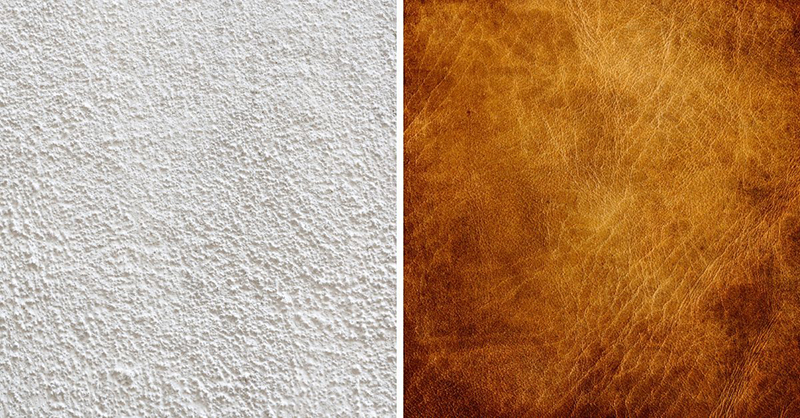
Stucco and leather
Measuring Small 3D objects
Imagine the complexity of measuring multiple sides of a gemstone at the same time or measuring the color gradient across a dental implant. SpectraVision measures three-dimensional and similar objects, bringing color consistency within reach for these multi-faceted materials.
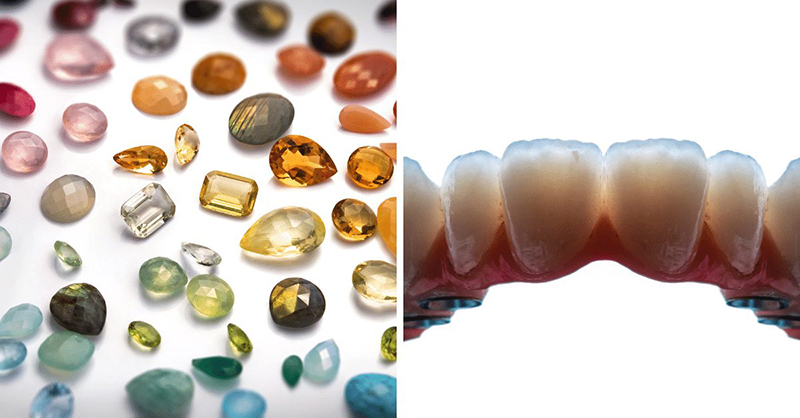
Gemstones and dentures
Colorfastness
For some applications in the textile and apparel industry, resistance to fading and running (from sweat or heat for example), is critical. SpectraVision reveals how a color performs under pressure and communicates the measurement data digitally to foster informed decisions about colorfastness.
Online catalogs
Graphic designers, rejoice! When an online catalog requires retouching and editing, designers relish SpectraVision’s added benefit of delivering precise L*a*b* or RGB values to retouch images accurately.
Matching colors for lace
The intricacies of lace coupled with holes showing in the background make it impossible to measure accurately with a traditional spectrophotometer, but this delicate material has met its match with SpectraVision. This sophisticated instrument can measure lace, while Datacolor Match Textile software can reproduce that color formulation. Everyone across the supply chain can view images on-screen with a calibrated monitor, drastically cutting development time and shipping costs.
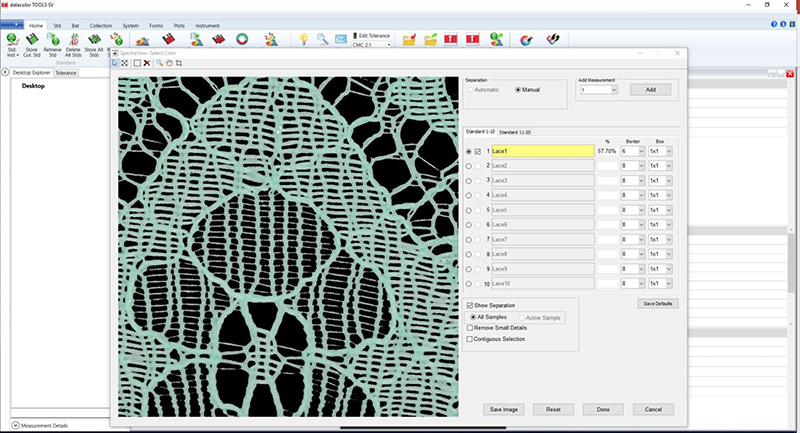
Lace separated color with Tools SV
Building a Set of Images
We’ve seen what SpectraVision can do, but how does it work? Hyperspectral imaging is the backbone of SpectraVision’s next-level color measurement capabilities. The instrument takes a snapshot of the sample—whether it’s a button, a piece of concrete or a specialty coating—through each of 31 color filters in a staggering 35 seconds, collecting information as a set of images, rather than a single image. By mimicking a traditional spectrophotometer at 31 distinct points, SpectraVision delivers reflectance point data for every color in the sample. In turn, the sample’s reflectance curve is shared with Datacolor Tools SV to analyze, report and communicate accurate color results across the supply chain.
Take the example of a floral print. Hyperspectral imaging allows that print to be broken down into multiple smaller images across the electromagnetic spectrum. Those images are prepared for objective measurement by combining them into a hyperspectral data cube, which provides an accurate analysis of each color in the pattern. While relatively new to the world of textiles, hyperspectral imaging has roots in far-ranging industries, from biomedical to surveillance. Astronomers use it to map galaxies and stars, farmers use it to assess diseased crops, and geologists and geographers use it to measure topography and moisture sources. Thanks to SpectraVision, hyperspectral imaging can now help color experts in plastics, paint and coatings, and textiles and apparel make critical color decisions they can trust.
SpectraVision in Action
How does SpectraVision change the way retailers do business? As the most sophisticated instrument in the Datacolor suite of color management hardware solutions, SpectraVision frees decision-makers from relying on subjective methods to evaluate unmeasurable materials. Instead, retailers can measure just about anything, which allows them to optimize quality and consistency, design with greater confidence, shorten development time, remain agile and flexible in the face of change, streamline production cycles, minimize waste and maximize cost savings.
This revolutionary digital color management solution gives stakeholders at every stage along the supply chain access to precise color data from offices, mills and production facilities around the globe, bringing everyone onto the same colorful page. Even if the sample is the smallest of buttons.
Learn more about how SpectraVision can streamline your color decisions and then calculate your potential cost savings.
